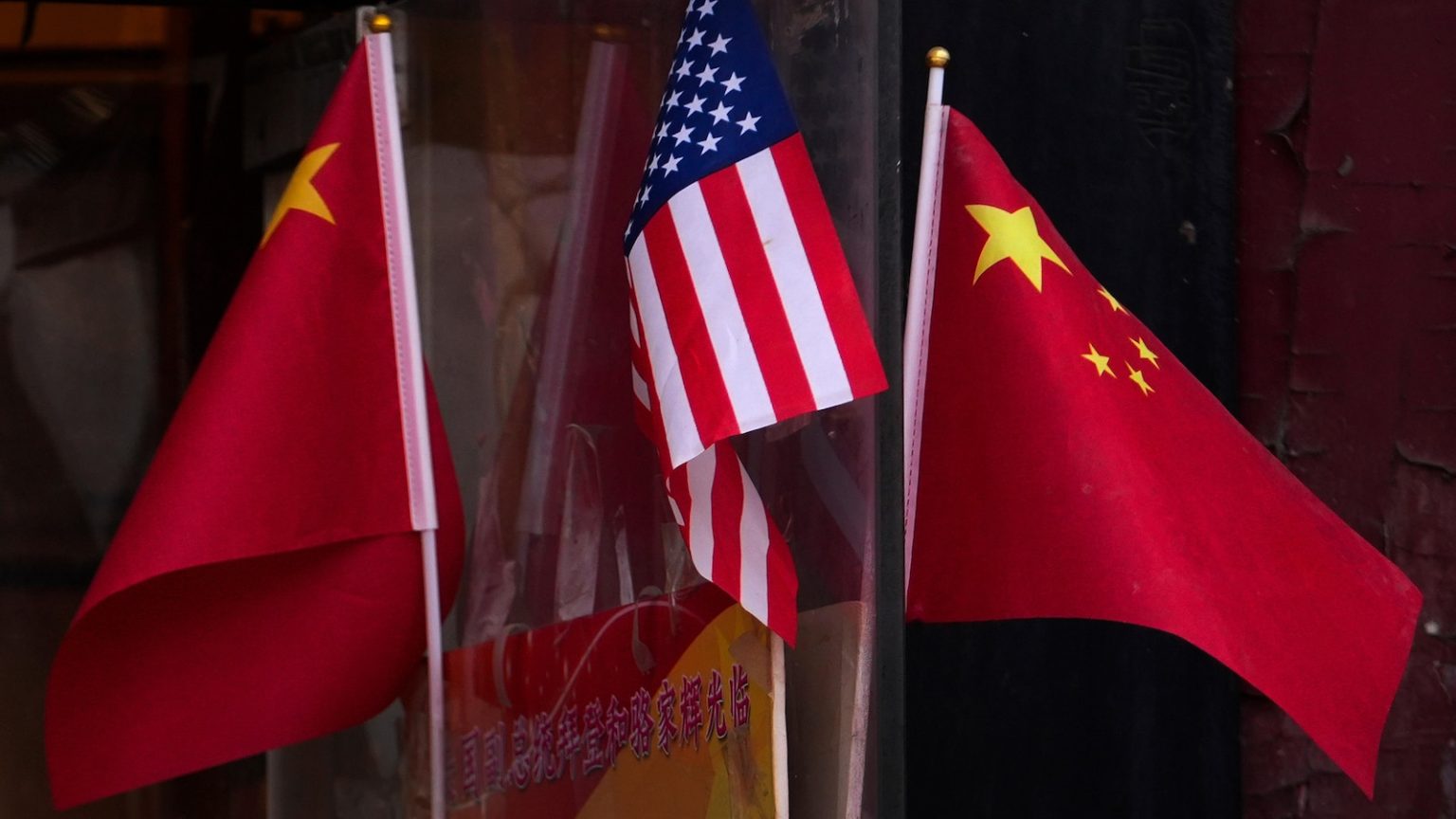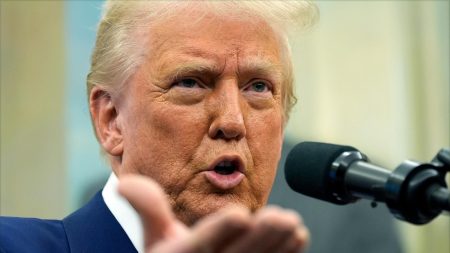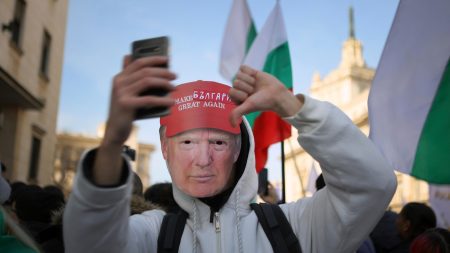China’s Retaliatory Measures Against US Tariffs: A Strategic Response
Overview of the Trade Dispute and China’s Response
China has taken decisive steps to counter President Donald Trump’s tariffs on Chinese products, escalating the ongoing trade tensions between the two global superpowers. On Tuesday, China announced its own set of tariffs on multiple U.S. imports, effective next Monday. These tariffs include a 15% levy on coal and liquefied natural gas products, as well as a 10% tariff on crude oil, agricultural machinery, and large-engine cars imported from the U.S. This move comes in direct response to Trump’s 10% tariffs on Chinese goods, which were set to take effect the same day. China’s Ministry of Finance criticized the U.S. action, stating that the unilateral tariff increase "seriously violates the rules of the World Trade Organization" and undermines the cooperative economic and trade relationship between the two nations.
China’s Antitrust Investigation into Google
In addition to the tariffs, China’s State Administration for Market Regulation announced an antitrust investigation into Google and other tech giants. While the announcement did not explicitly mention the U.S. tariffs, the timing was notable—coming just minutes after Trump’s tariffs were set to go into effect. This move signals China’s willingness to use regulatory measures to protect its domestic market and respond to perceived unfair trade practices. The investigation into Google, a major U.S. tech firm, adds another layer of complexity to the already strained trade relationship. This action is likely to raise concerns among U.S. companies operating in China, as it demonstrates Beijing’s readiness to scrutinize foreign firms under antitrust laws.
Export Controls on Critical Minerals
Beyond tariffs, China has also imposed export controls on several key elements essential for the production of high-tech products. These include tungsten, tellurium, bismuth, molybdenum, and indium, many of which are classified as critical minerals by the U.S. Geological Survey. These minerals are vital to U.S. economic and national security, and their supply chains are vulnerable to disruption. By implementing these controls, China is leveraging its position as a major supplier of rare earth and critical minerals to exert pressure on the U.S. This move is particularly significant given China’s dominance in the global supply chain for these materials, which are used in advanced technologies such as semiconductors, renewable energy systems, and defense equipment. The export controls are part of a broader strategy to counter U.S. trade measures and highlight China’s ability to retaliate in key areas of economic importance.
Unreliable Entities List and Its Implications
China further intensified its response by placing two major American companies—PVH Group, the parent company of brands like Calvin Klein and Tommy Hilfiger, and Illumina, a leading biotechnology firm—on an "unreliable entities list." This designation bars these companies from engaging in import or export activities related to China and restricts their ability to make new investments in the country. The move is seen as a direct consequence of the U.S. tariffs and reflects China’s growing assertiveness in defending its economic interests. By targeting specific U.S. companies, China is sending a clear message that it will not hesitate to take action against entities it deems harmful to its economy or national security.
The Broader Context of the US-China Trade War
The latest escalation in the U.S.-China trade war underscores the deepening rift between the two nations. While Trump’s tariffs on Chinese goods were initially justified as a means to address issues like intellectual property theft and trade imbalances, China has consistently argued that these measures are unfair and violate international trade rules. The retaliatory actions announced by China—ranging from tariffs to antitrust investigations and export controls—demonstrate a calculated approach to defend its interests while also highlighting the interconnected nature of global trade. Meanwhile, the U.S. tariffs on products from Canada and Mexico, which were also set to take effect, have been temporarily paused after Trump agreed to a 30-day reprieve. This pause reflects the ongoing challenges of negotiating trade agreements with neighboring countries while simultaneously managing tensions with China.
Conclusion: The Path Forward in US-China Relations
As the trade dispute between the U.S. and China continues to escalate, the global economy remains on edge. Both nations are engaging in a high-stakes game of economic leverage, with China’s latest measures representing a multifaceted response to U.S. tariffs. The antitrust investigation into Google, the targeting of critical minerals, and the unreliable entities list all point to a strategic effort by China to protect its domestic industries and signal its resolve in the face of U.S. pressure. With plans for a meeting between Trump and Chinese President Xi Jinping in the coming days, there is hope for a potential resolution to the conflict. However, the complexity of the issues at hand and the deeply entrenched positions of both sides suggest that a swift resolution may be elusive. As the situation evolves, the impact of these trade measures will likely be felt far beyond the borders of the U.S. and China, shaping the future of global trade and economic cooperation.















